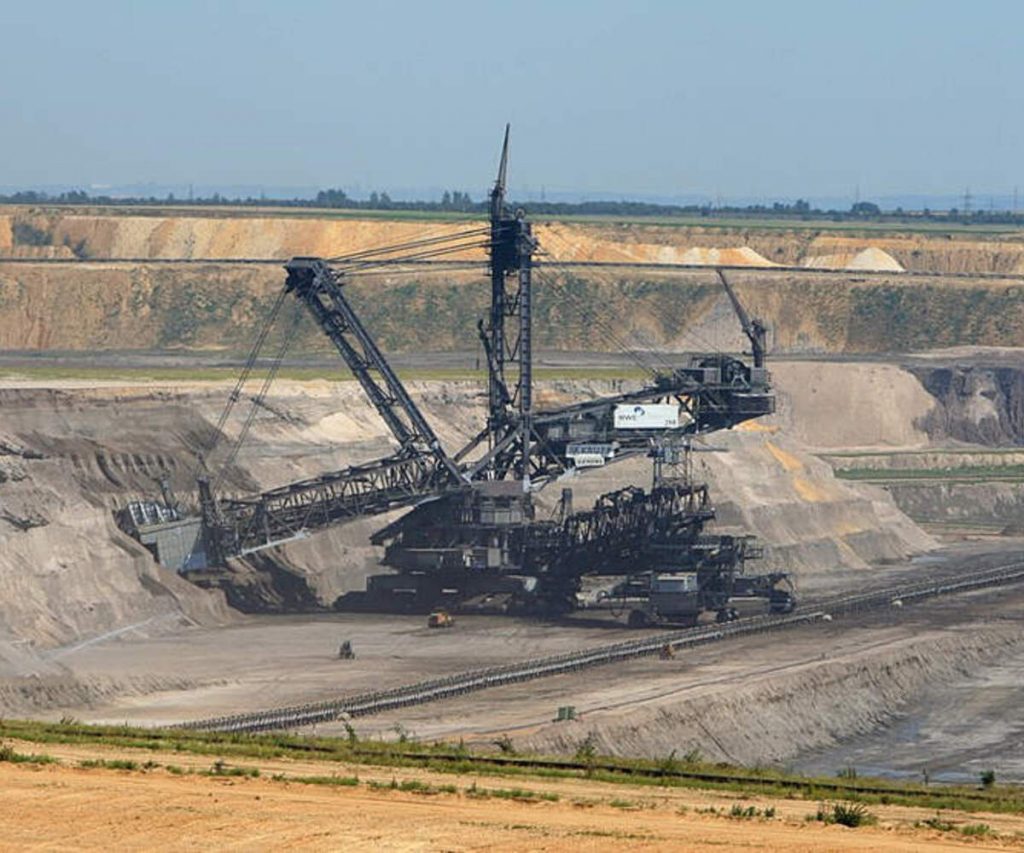The Bagger 288, a colossal excavator made in Germany, holds the Guinness World Record for being the largest excavator globally. This massive machine is comparable in height to a skyscraper and weighs a staggering 13,500 tons.
Built by the German company Krupp in 1978, the Bagger 288 has remained unrivaled as the world’s largest excavator since then.
One remarkable aspect of the Bagger 288 is its efficiency. It can excavate an astonishing 240,000 cubic meters of rock every day, contributing to the production of approximately 8.5 million tons of coal per year.
Standing at a towering height of 96 meters, almost as tall as a skyscraper, and stretching 220 meters in length, the excavator features an enormous rotor with 18 buckets. Each bucket has a volume of 6.6 cubic meters and feeds the excavated rock onto a large conveyor belt for further processing.
Surprisingly, despite its immense size, the Bagger 288 only requires a team of four individuals to operate it. Two control the rotor, one oversees the conveyor belt, and a supervisor ensures everything runs smoothly. To minimize downtime for breaks, the excavator even has its own toilet and kitchen.
Powering such a colossal machine demands an extraordinary amount of energy. The Bagger 288 relies on an external power source that provides over 16 megawatts through a massive electrical cable. Due to the substantial operating costs, the excavator is exclusively used in large-scale mining operations.
In an interesting turn of events, the Bagger 288 was relocated from Hambach, Germany to the Garzweiller surface mine, located approximately 22 kilometers away. The decision to move the excavator rather than disassembling and reassembling it was made due to the high costs and complexities involved.
Preparations for the move involved reinforcing the roads with grass and pouring a thick layer of sand to support the machine’s weight. Power lines were temporarily dismantled and later reconnected after the Bagger 288 had passed.
Despite its slow top speed of about 1 kilometer per hour, the move took approximately three weeks. The twelve wide tracks supporting the excavator helped distribute its weight, ensuring minimal damage to the soil. As a result, the relocation was considered a successful operation.
The Bagger 288 has become somewhat of a tourist attraction, attracting visitors to the Garzweiller mine who are eager to witness its impressive presence. It shares the title of the world’s largest excavator with the newer Bagger 293, unveiled in 1995.
However, due to its legendary status and the captivating story of its relocation, the older model remains more popular among enthusiasts.

